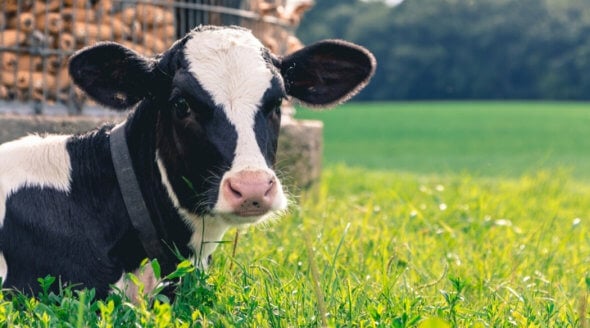All About Animals: The Issues (Ages 16-18): Birds
Birds instinctively yearn to fly, an instinct that is thwarted when they are confined to a cage. It is virtually impossible to provide birds with a natural existence in captivity, even in a large aviary, since naturally changing temperatures, food, vegetation and landscape cannot be recreated indoors; and, of course, the birds cannot fly freely. Many birds who are caught in the wild die before they ever arrive at their destination as a result of the horrific travelling conditions they are forced to endure.
Because birds seem so very different from us we can easily overlook their intelligence, emotions, sense of fun and abilities. In fact, birds are highly intelligent. Read on…
-
- Crows use tools like twigs to pick up food. But one crow amazed birdwatchers when she went one step further and made her own tool! She cleverly bent a piece of wire in order to hook a piece of food that she couldn’t reach with her feet.
-
- And crows in Japan are known to use cars to crack open walnuts—the birds wait until cars stop at road junctions then place the nuts in the road, knowing that when the lights turn to green, the cars will roll over the nuts and crack them open. When the lights turn red again, the crows hop back into the road to eat the nuts.
-
- Birds remember exactly where they’ve hidden thousands of seeds each autumn and find their way back to their stashes using the sun, stars, landmarks and sometimes the magnetic pull of the Earth to guide them.
-
- Crows have about 300 different calls but not all crows understand each other. Just like us, they have different accents. Crows in the United States don’t understand some calls that their British cousins make, and vice versa.
-
- Birds make sounds that we don’t usually hear, like the hushed chatter and whispering between two nesting crows. They take turns “talking”—the bird equivalent of a conversation.
-
- Birds grieve and take care of one another. After a car killed a coucal’s (a member of the cuckoo family) mate, he refused to leave her side or stop trying to revive her. A robin who crippled his rival in a fight was seen feeding him and keeping him alive. Another witness watched pairs of terns co-operate to lift a hurt member of the flock by his wings and carry him to safety.
- Birds dance, play “hide-and-seek,” and have even been seen sliding down snowy slopes and climbing back up to do it over and over again for the sheer joy of it, just as we do!
Despite all this, thousands of birds are still taken away from their families and flocks every year, packed up as if they were plastic dolls, and sent to countries like Britain where they are sold at bird fayres or through pet shops. Many don’t survive the journey and those who do are likely to be destined for a life of misery.
For people who have aviaries or are able to allow pairs or groups of birds to fly indoors, adoption from sanctuaries, rather than buying them from shops or breeders, is recommended by animal welfare campaigners.

